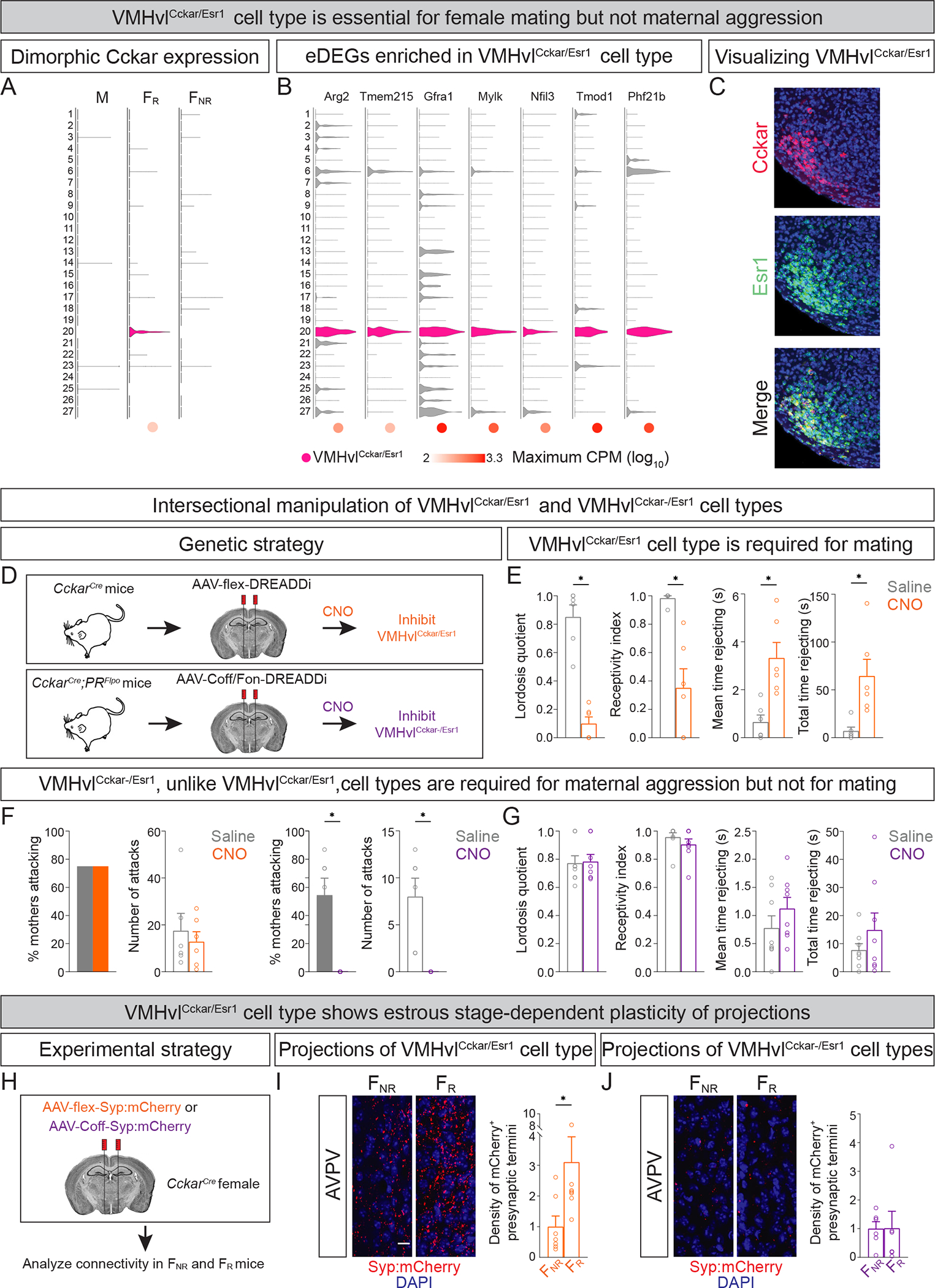Figure 7: The VMHvlCckar/Esr1 and VMHvlCckar−/Esr1 cell types are required for female mating and maternal aggression, respectively.

A. Violin plot showing FR-specific expression of Cckar in the VMHvlCckar/Esr1 cell type (#20).
B. Representative eDEGs significantly enriched in VMHvlCckar/Esr1 cell type compared to VMHvlCckar−/Esr1 cell types.
C. Cckar expression is restricted to the ventrolateral component of the Esr1+ VMHvl population, in agreement with previous work (Hashikawa et al., 2017; Xu et al., 2012). Scale bar = 100 μm.
D. Schematic of intersectional chemogenetic strategy to inhibit VMHvlCckar/Esr1 (top) or VMHvlCckar−/Esr1 (bottom) cell types.
E. Inhibition of VMHvlCckar/Esr1 cell type in Fr mice significantly reduces lordosis, receptivity index and increases rejection behavior. Lordosis quotient, (lordosis events/# of mounts); Receptivity index (# of intromissions/# of mounts).
F. Inhibition of the VMHvlCckar−/Esr1, but not VMHvlCckar/Esr1, cell types abrogates maternal aggression.
G. Inhibition of VMHvlCckar−/Esr1 cell types in FR mice does not disable mating behavior.
H. Schematic of strategy to label presynaptic termini of VMHvlCckar/Esr1 and Cckar− neurons.
I. Higher density of mCherry+ termini of VMHvlCckar/Esr1 neurons in AVPV of FR compared to FNR mice. For all findings related to mCherry+ termini in this and subsequent Figures, density of termini is normalized to the number of mCherry+ soma in the VMHvl as described previously (Inoue et al., 2019).
J. No change in density of mCherry+ termini of VMHvlCckar− neurons in AVPV between FR and FNR mice.
Mean ± SEM. n = 2 (B), 6 (F), ≥7 (G), 8 (H), ≥7 (J), and 6 (K). *p < 0.05.
